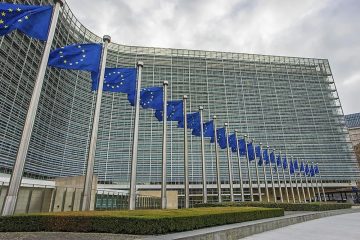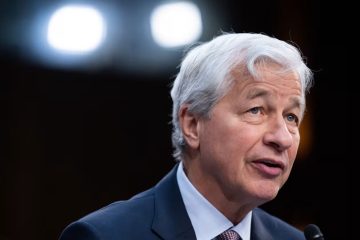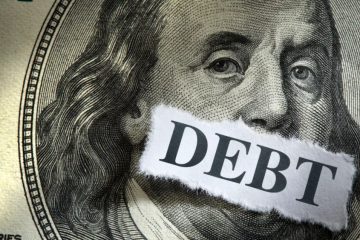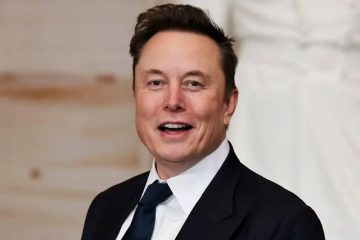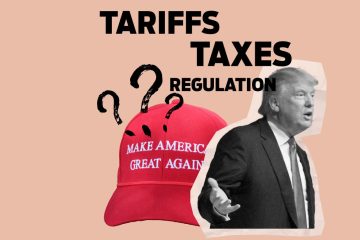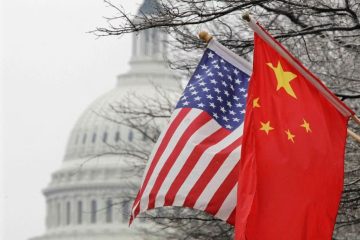Tesla Leads Race to Draw Federal Money for Charging Networks

Tesla is winning the early stages of the EV charging race. The electric-vehicle maker is building charging stations cheaper and faster than competitors. As a result, Tesla is scooping up millions of dollars in federal grant awards for building roadside chargers with bids that are about half the cost of what its rivals have offered.
The federal funds, part of a national effort to build out the country’s charging network, might help solidify Tesla as a dominant force in the charging market. No one expects a monopoly, and a group of other automakers plans to invest $1 billion in chargers, but the company already operates the nation’s largest charging network, with a decade head start on many newcomers. A handful of states are starting to release the first wave of about $5 billion intended to dot U.S. highways with fast chargers and overcome “range anxiety.” The money was approved in the 2021 federal infrastructure law and is being released over five years. Many states have committed billions of dollars more.
The ability to repower cars in about 30 minutes and let drivers hopscotch from charger to charger across the country is considered essential to putting EV drivers at ease. Automakers are investing heavily in EVs, but so far the U.S. has only around 33,400 fast chargers, according to government data. Three out of five of all fast chargers are in Tesla’s network. The company started building its proprietary Supercharger network a decade ago so its drivers could take road trips. In February, Tesla said it would open part of the network to other vehicles.
The company is installing large banks of chargers at a faster clip than others—and has said it can do so at a cost 20% to 70% lower than rivals. It plans to fit its chargers with connectors that work with Teslas or other kinds of cars, qualifying it for federal money. So far, Tesla is the winning bidder to build chargers at about 18% of the sites selected by states using the federal dollars to fund fast chargers, more than any other company, according to data from EVAdoption, an EV and charging analytics firm. Tesla has won around $8.5 million of the roughly $77 million awarded so far.
Five states—Ohio, Hawaii, Pennsylvania, Maine and Colorado—have selected winners at this point, and full details on sites and designs aren’t yet available. Tesla’s bids averaged around $392,000 a site compared with an average of $795,000 from others. In most cases, Tesla plans to install eight chargers, and in some cases a dozen. Most companies are sticking to the minimum required by the federal government—at least four fast-charging ports at a station.
Tesla didn’t respond to a request for comment. The company’s chargers are more of a marketing tool to sell cars than a moneymaker. Supercharger revenue could reach about $885 million next year and $10 billion in a decade, according to analysts at Piper Sandler. By then Tesla’s total revenue could reach more than $700 billion, they said. Other winners so far include some of the nation’s largest convenience stores and truck stops, which have spent decades buying property at highway exits. They have largely avoided major charging investments while the nascent industry remains unprofitable, but are applying for funding to help launch themselves into selling electricity as fuel. Many plan to join with EV-charging networks including Tesla’s to build and operate equipment on their properties.
“They’ve got the real estate,” David Jankowsky, founder and chief executive officer of the Oklahoma-based charging company Francis Energy, said of truck-stop companies. Francis Energy’s federal grant awards include a project at a convenience store along Interstate 70 in Colorado. The names will be familiar to drivers. Sheetz, Wawa, Love’s Travel Stops, Pilot Flying J, Kum & Go and TravelCenters of America are among the businesses selected by the states to receive federal charging dollars. In all, around 73% of the locations chosen were convenience stores or truck stops, according to EVAdoption.
Brad Jenkins, president of Pilot’s PFJ Energy, said a “significant number of our gas customers” will ultimately switch to EVs, and that grants help to defray but don’t cover building chargers. Pilot’s grant awards included $9.6 million in funding for 14 sites in Ohio. “The grants go a long way to enable first movers not to face that investment penalty,” Jenkins said. Shailen Bhatt, administrator of the Federal Highway Administration, said the grants should help spur private investment to “make charging your electric vehicle as convenient as filling up a gas tank.”
Ubiquitous charging stations are still years away. Charging sites have engineering, permitting and construction work to do, plus supply-chain challenges. Utility connections can take a year or longer in some locations. The charging industry outside the Tesla network has struggled with growing pains, including broken equipment, billing fights with utilities and unprofitability because of the relatively low—for now—percentage of EVs on the road.
President Biden aims to have 500,000 public chargers in the ground by 2030, up from almost 145,000 now. They would be a mix of slower chargers that take several hours to repower EVs and fast chargers, the harder and more costly piece of the charging puzzle. The huge power draw of fast chargers means they often require electrical upgrades.
Tesla’s price advantage is in part because it makes its own chargers. In one Maine bid, it estimated hardware costs of $17,000 a charger, compared with $130,000 by another company, according to EVAdoption. “We’re vertically integrated,” said Rebecca Tinucci, Tesla’s head of global charging infrastructure, at an investor meeting in March. “We manufacture and engineer all of our own charging equipment.” The company has established relationships with utilities and local government offices that must approve paperwork, and in some spots has started installing fully assembled charging stations that it transports by truck and plunks down like Legos, cutting construction time. “They move at the speed of light,” Loren McDonald, CEO of EVAdoption, said about Tesla.
In recent months, companies including Ford Motor, General Motors and Rivian Automotive have said they would switch to the Tesla-developed North American Charging Standard on their EVs starting in 2025 and gain access to Tesla chargers next year. For the next several years, the U.S. will have a two-connector system, with most charging stations moving to offer both Tesla’s and the one currently used by most of its competitors.



